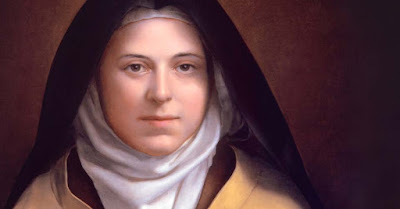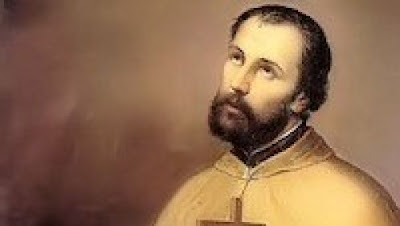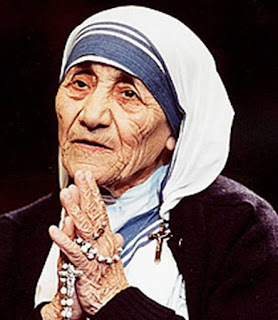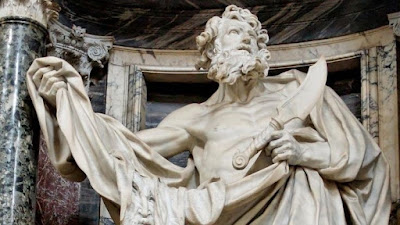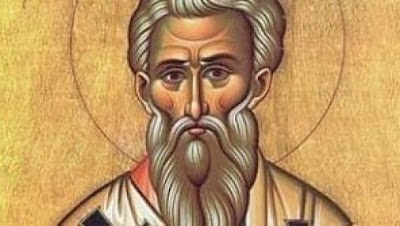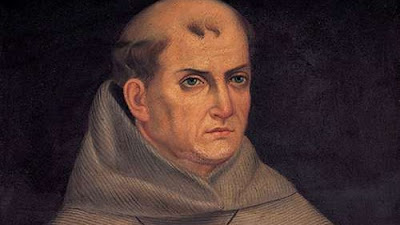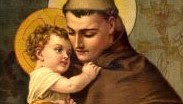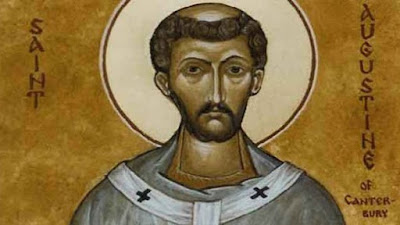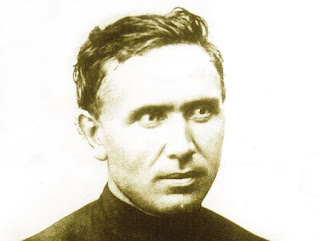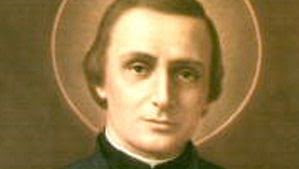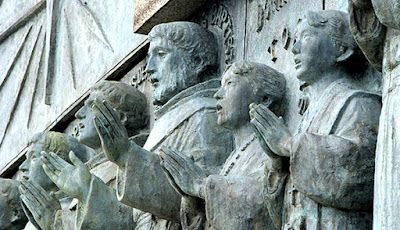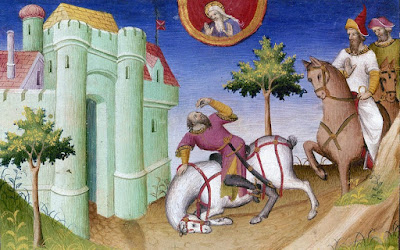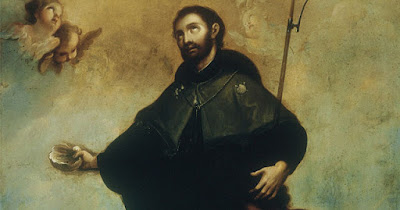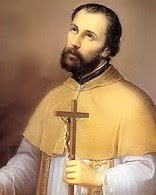Saint Denis and Companions, Early French Martyrs
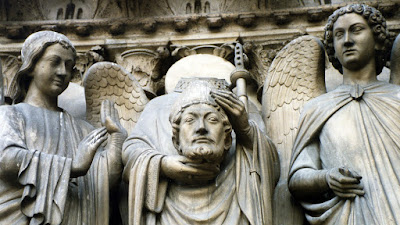
October 9th, is the optional memorial of Saint Denis, a 3rd century apostle of Gaul, one of the Fourteen Holy Helpers who was invoked particularly in the Middle Ages against the Black Plague. He served as the first bishop of Paris, suffering martyrdom there, together with his priest Rusticus and his deacon Eleutherius. What little we know about his life and holy death come from pious tradition. He was sent from Rome to Gaul as a missionary by Pope Clement I. Once in France, St. Denis built the first cathedral in the city and began converting its citizens to Christianity. He and his companions (Rusticus and Eleutherius) were executed under Emperor Valerius at Montmartre due to their Christian faith. Legend holds after his execution, St. Denis picked up his head, taking it to where he is buried today, thus choosing the place for his followers to build a basilica. Historians differ on how Denis’ remains came to rest where they did. Some say that Denis and his followers’ remains wer
